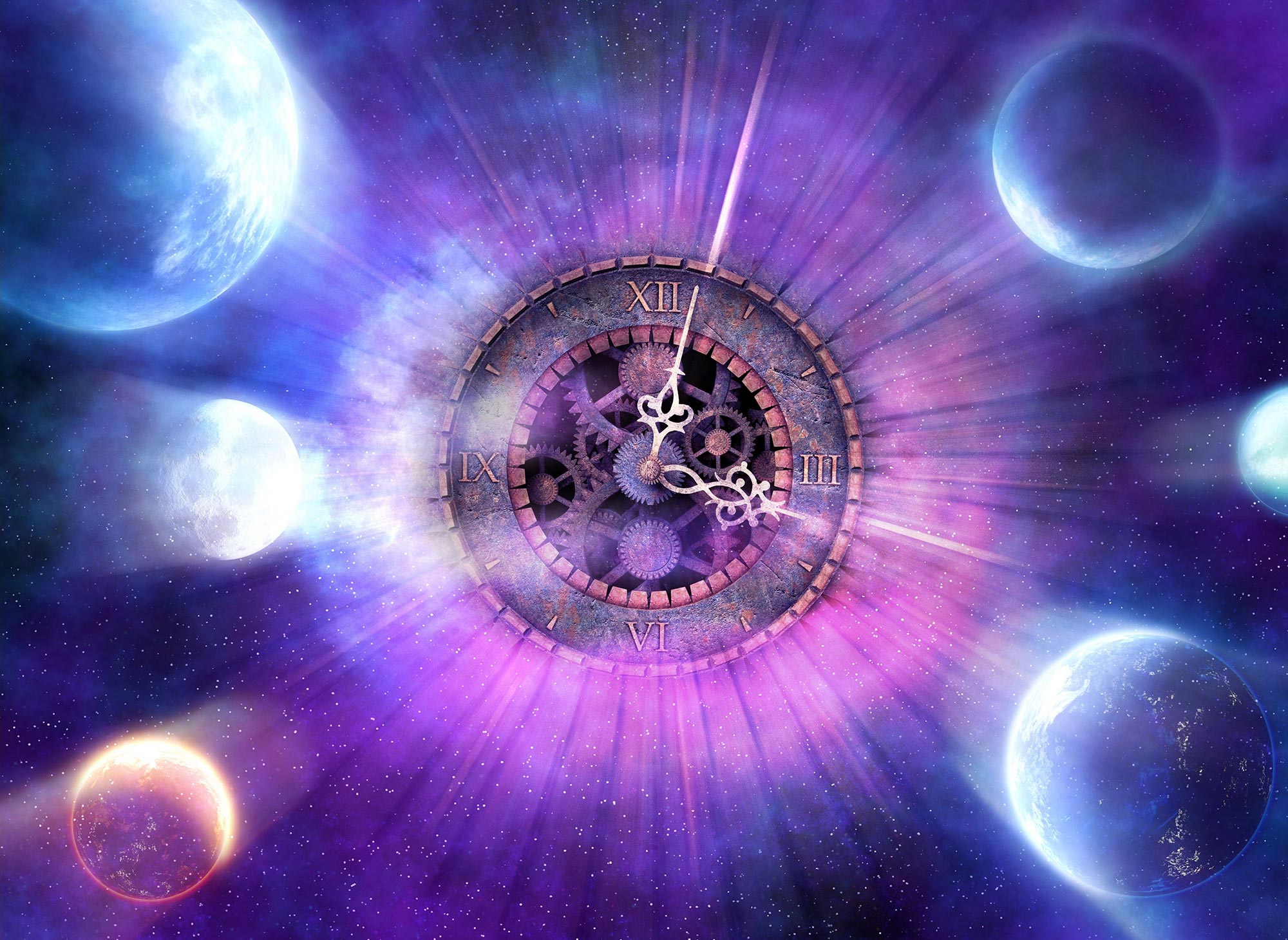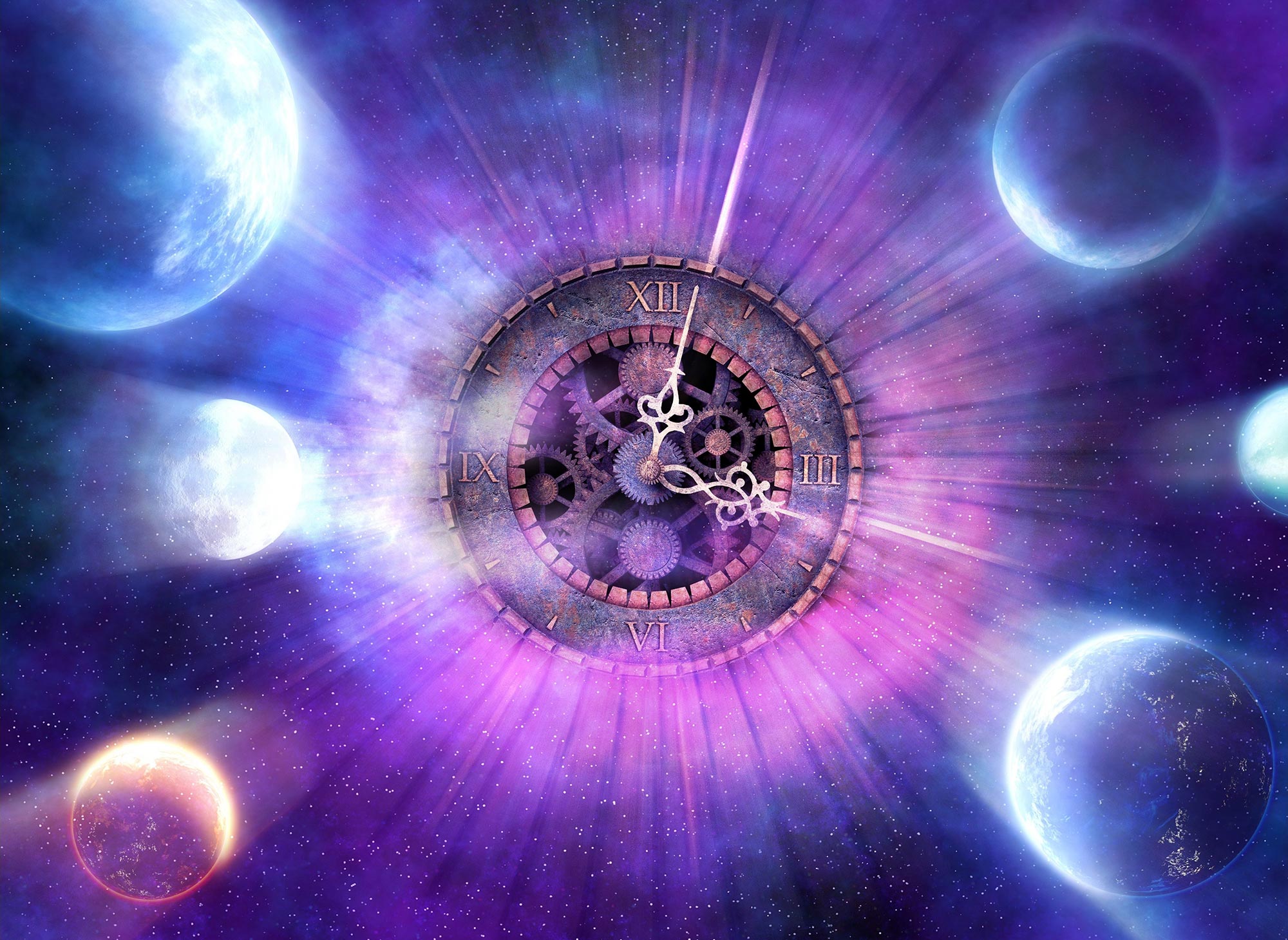
팬데믹과 사회적 고립이 우리가 시간의 흐름을 인식하는 방식을 어떻게 변화시켰는지.
팬데믹 초기 단계에서 집에 갇혀 있던 대다수의 사람들은 시간이 더디게 흘러가는 것을 느끼고 그 결과 외로움을 느꼈다고 말했습니다.
잡지의 보도에 따르면 과학 발전, 그만큼[{” attribute=””>COVID-19 pandemic has altered how individuals perceive the passing of time.
The majority of research participants (65%) reported feeling that time was moving more slowly at the conclusion of the first month of social isolation, which occurred in May 2020. This perception was termed by the researchers as “time expansion,” and they discovered that it was linked to feelings of isolation and a lack of enjoyable activities throughout the time period.
Even more people (75%) said they didn’t experience as much “time pressure,” which is the sensation that time is passing more quickly and leaving less time for activities of daily living and recreation. 90% of those surveyed claimed they were taking shelter at home during that time.
“We followed the volunteers for five months to see if this ‘snapshot’ of the start of the pandemic would change over time. We found that the feeling of time expansion diminished as the weeks went by, but we didn’t detect significant differences with regard to time pressure,” André Cravo, first author of the article, told Agência FAPESP. Cravo is a professor at the Federal University of ABC in São Paulo state, Brazil.
The research started on May 6, when 3,855 participants recruited via social media responded to a ten-item online questionnaire and completed a simple task meant to test their ability for short interval estimation (pressing start and stop buttons in 1, 3, and 12 seconds). They were then questioned about their daily activities the week before (including whether they had finished all required tasks and how much time they had set aside for leisure) as well as how they were feeling right now (happy, sad, lonely, etc).
“They were invited to return every week for further sessions, but not everyone did,” Cravo said. “In the final analysis, we considered data for 900 participants who answered the questionnaire for at least four weeks, albeit not all consecutively.”
Using time awareness scales from 0 to 100 that are standard for this type of survey, the researchers analyzed the answers and calculated the two parameters – time expansion and time pressure – to see whether they increased or decreased week by week.
“Besides a rise or fall on the scales, we also analyzed the factors that accompanied the changes. During the five-month period, we observed a similar pattern: in weeks when participants reported feeling lonely and experiencing less positive affect, they also felt time pass more slowly. In highly stressful situations, they felt time pass more quickly,” Cravo said.
When the first set of answers to the question on the passage of time was compared with the second, provided at the end of the first month of confinement, perceptions of time expansion had risen 20 points while time pressure had fallen 30 points, according to Raymundo Machado, a scientist at the Brain Institute of the Albert Einstein Jewish Hospital (HIAE) in São Paulo, and last author of the article. “These results are evidently affected by memory bias, however, because no measurements were made before the pandemic,” he said.
Time slowed most for younger participants early in the pandemic, when compliance with social distancing rules was strictest. Except for age, demographic factors such as household size, occupation, and gender, had no influence on the results.
For the authors, this may be an effect of the sample profile. Most of the volunteers (80.5%) lived in the Southeast region. A large majority were women (74.32%). Most had completed secondary school, and a great many even had a university degree (71.78%). In terms of income, roughly a third were upper middle class (33.08%). Sizable minorities worked in education (19.43%) and healthcare (15.36%).
“This is typical of online surveys, where a majority are women living in the Southeast with high levels of formal education. The influence of demographics might have been more evident if the sample had represented the Brazilian population better,” Machado said.
Internal clock
Although the pandemic changed participants’ perceptions of the passage of time, it apparently did not affect their ability to sense duration, measured by the button-pressing task. “All of us are able to estimate short intervals. When the results of this time estimation test [including overestimation and underestimation of the intervals] 그것들은 시간 인식 결과와 비교되었으며 상관 관계가 없었습니다.”라고 Machado가 말했습니다.
Cravo에 따르면, 과학 문헌의 증거에 따르면 시간이 더 느리거나 빠르게 흐르고 있다는 느낌은 주로 주어진 맥락에서 시간의 중요성과 예측 불가능성의 두 가지 요인에 의해 영향을 받습니다. 예를 들어, 당신이 일에 늦는 경우 [so that time is relevant in the context] 그리고 버스를 기다려야 해요 [unpredictable timing]당신은 몇 분이 지나지 않는다는 극단적인 인식을 가지고 있습니다. 휴가를 보내며 신나게 놀 때는 때가 아니라 그냥 날아가는 것 같습니다.
우리가 과거 상황을 기억할 때 인식이 자주 바뀝니다. “휴가 때 무엇을 했는지 생각하면 시간이 더 오래 가는 것 같다. 반대로 줄을 서 있을 때는 시간이 참 느리게 흘러가는데 나중에 상황을 떠올리면 금방 끝난 것 같다. “라고 크라보가 말했다.
코로나19 팬데믹의 경우 사회적 거리두기 기간 동안 사람들이 시간의 흐름을 어떻게 기억할지는 미지수다. “카니발, 6월 축제, 생일과 같은 많은 시간 이정표는 지난 2년 동안 건너뛰어야 했기 때문에 질문은 여전히 열려 있습니다.”라고 그는 결론지었습니다.
참조: André Macioli Cravo, Gustavo Brito de Azevedo, Cristiano Moraes Bellacci Azarias, Louise Catherine Barney, Fernanda Dantas Bueno 및 Rafael의 “사회적 거리두기 중 시간: 브라질의 COVID-19 대유행 초기 몇 달 동안의 종단적 연구” 방법. Di Camargo, Vanessa Carneiro Morita, Esau Ventura Bobo Sirius, Renan Schiavolin Recio, Mateus Silvestrin 및 Raimundo Machado de Azevedo Neto, 2022년 4월 13일, 과학이 발전합니다.
DOI: 10.1126 / sciadv.abj7205
이 연구는 FAPESP의 지원을 받았습니다.

“요은 베이컨과 알코올에 대한 전문 지식을 가진 닌자입니다. 그의 탐험적인 성격은 다양한 경험을 통해 대중 문화에 대한 깊은 애정과 지식을 얻게 해주었습니다. 그는 자랑스러운 탐험가로서, 새로운 문화와 경험을 적극적으로 탐구하며, 대중 문화에 대한 그의 열정은 그의 작품 속에서도 느낄 수 있습니다.”

/cloudfront-us-east-2.images.arcpublishing.com/reuters/MN65NDYINJL4THVZVIBD2FQUXU.jpg)







